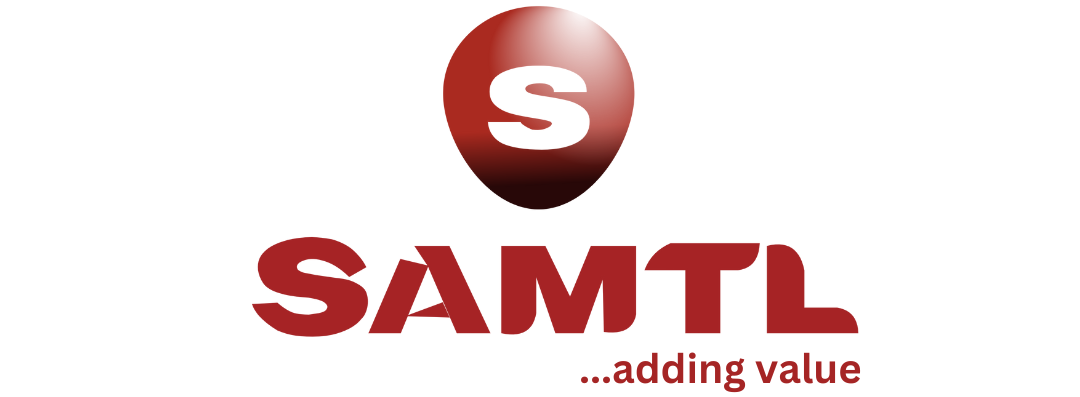Planning for retirement involves creating a calculated strategy that involves processes that evolve over time. To enjoy comfort, security and fun in retirement, you need to build the financial backbone that will hold it all together at a time when you may not have the resources you have now to earn a living.
Related: 5 Investment Mistakes to Avoid
Here are some ways to build a stable retirement plan.
1. Know your time projection
To create an efficient retirement strategy, you must understand how long it would take you to go from your current age to your expected retirement age. If the distance between now and retirement is far, then your portfolio has better chances of withstanding a higher level of risk exposure. For a young adult with say 35 years until retirement, having a majority of his/her assets in riskier investment such as stocks is advised. Though the market will experience volatility, stocks have a history of outperforming other securities, such as bonds over a long time (say 10 years) periods. Older adults nearing retirement, on the other hand, should focus their portfolio on income and the preservation of capital
2. Define your retirement spending needs
Have realistic expectations about your post-retirement spending habits to effectively determine the required size of your retirement portfolio. While it is natural to assume that your spending expenses will reduce upon retirement, it is wise to factor in the fact that retirees spend the first few months of retirement splurging on travel and exploring the other goals that career have not permitted them to attend to.
Retirees will also experience the typical increase in the cost of living especially health care expenses and with little or no stream of income at that age; you’re forced to survive on what you have saved. This spells out the need for everyone to save and invest appropriately towards the retirement they desire.
3. Measure your risk tolerance against your investment goals
One of the most important steps in retirement planning is the ability for you or your professional fund manager to do a proper portfolio allocation that balances the concerns of risk aversion and return objectives. Determine how much risk you’re willing to take to meet your objectives and how much you need to put in risk-free Treasury bonds for your required expenditures.
Ensure that you’re comfortable with the risks you or your fund manager take with your portfolio while determining what is a necessity or luxury.
4. Don’t neglect Estate Planning
No retirement plan is complete without an Estate Plan in place. Having a well-laid out Estate Plan in place ensures that the assets you’ve worked hard to accumulate are distributed as per your choice in the event of demise so that your loved ones will not experience financial hardship. A properly-outlined Estate Plan also eliminated the time and money often required in lengthy probate processes.
Final words
Creating a comprehensive retirement plan means striking a balance between realistic return expectations and your desired standard of living post-retirement. The best way forward is to concentrate on building a flexible portfolio that you can update regularly to reflect changing market conditions and your retirement objectives.
